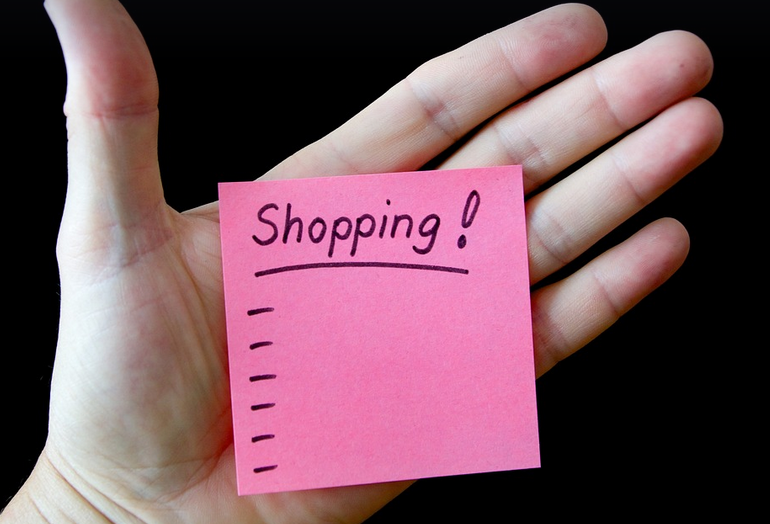What's A Good Growth Rate For A Small Business In 2024?

Navigating the Ups and Downs of Business Growth
So, you’ve got your small business humming along, and you’re looking to take it to the next level. You want to see that growth rate climb, maybe even hit some ambitious milestones.
The good news is, sustainable growth is within reach for most small businesses, even in a dynamic market like 2024. But with all these variables swirling around – inflation, economic shifts, shifting consumer habits – figuring out “good” can feel tricky.
First off, let’s ditch the one-size-fits-all approach. There’s no magic number for everyone. A good growth rate for a bakery might be different from one for a tech startup or a freelance writer.
But there are some strategies to find your own sweet spot. We want to unpack this idea of “good” growth, exploring the factors that impact it and give you tools to measure your progress.
Think of growth rate as a barometer reflecting your business’s health and potential for expansion. A healthy business with strong foundations will see steady acceleration, while an unstable one may need adjustments before reaching its full capacity.
The first step is defining what “good” means to you. Are we talking about hitting specific sales targets, expanding into new markets, or simply improving your profitability? The answer can shape the growth strategy for your business.
Once you have a benchmark, let’s dive into the factors that influence your small business’s growth rate in 2024.
**Factors Impacting Growth:**
1. **Market Dynamics:** The year 2024 is seeing shifts in consumer behavior and preferences. Are you tapping into these changes? Your success will depend on understanding your target audience, their evolving needs, and the competition’s strategies.
2. **Economic Conditions:** Inflation, interest rates, and a general economic climate all play a role. You need to analyze how these factors affect your customers’ purchasing power and how you can adapt your business model for resilience.
3. **Competition:** The competitive landscape is constantly evolving. Are you staying ahead of the curve? Do you have a unique selling proposition that allows you to stand out from competitors?
4. **Marketing & Sales Strategies:** This is where your brand message, customer acquisition methods, and sales tactics come into play. How efficient are these aspects in reaching your target audience?
5. **Operational Efficiency:** How smoothly does your business run day-to-day? Can you streamline processes, optimize supply chains, and maximize productivity? These things can make a major impact on growth.
**Metrics to Gauge Your Growth Rate:**
1. **Sales Revenue:** This is the bread and butter of any business. Track your revenue month after month, comparing results to previous years or even against competitors. A healthy growth rate here indicates you’re attracting customers and converting them into paying clientele.
2. **Customer Acquisition Cost (CAC):** How much are you spending on acquiring new customers? While growth is important, don’t lose sight of cost-efficiency. Optimize your marketing strategies to attract those who align with your brand and customer base for the best ROI.
3. **Gross Margin:** This tells you how efficiently your business is turning its inputs into profit. A healthy gross margin indicates your pricing strategy is working, and your production costs are being managed effectively.
4. **Customer Lifetime Value (CLTV):** How much revenue do you expect to gain from each existing customer? This metric helps understand customer retention strategies and how efficiently you’re building loyalty.
5. **Net Profit:** This is the ultimate goal – your bottom line. Track your profits year over year, and identify areas where you can optimize for maximizing profitability while sustaining growth.
**Finding Your “Good” Growth Rate: The Takeaway**
These metrics will offer valuable insight into your business’s current trajectory. However, the real magic happens when you combine these insights with a solid growth strategy and a bit of creativity.
Remember, sustainable growth is about building resilience in your business model. It’s not just about hitting ambitious sales targets or even expanding to new markets; it’s about improving your overall efficiency and profitability.
By taking the time to understand these factors, you can create a roadmap for your small business that ensures sustainable growth in 2024 and beyond.


